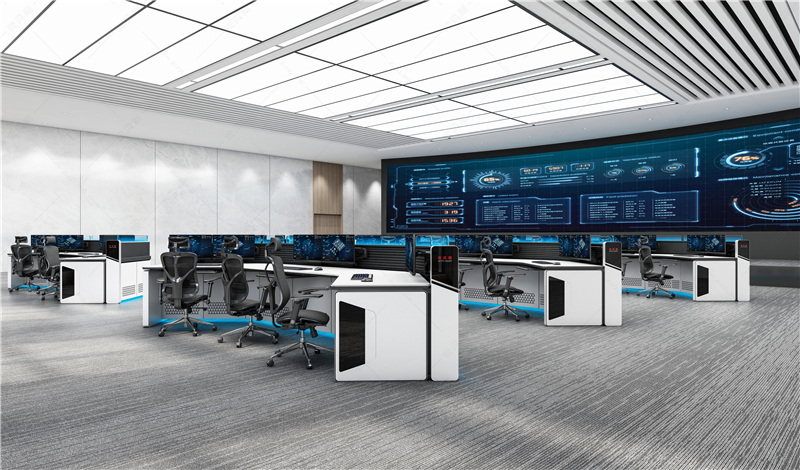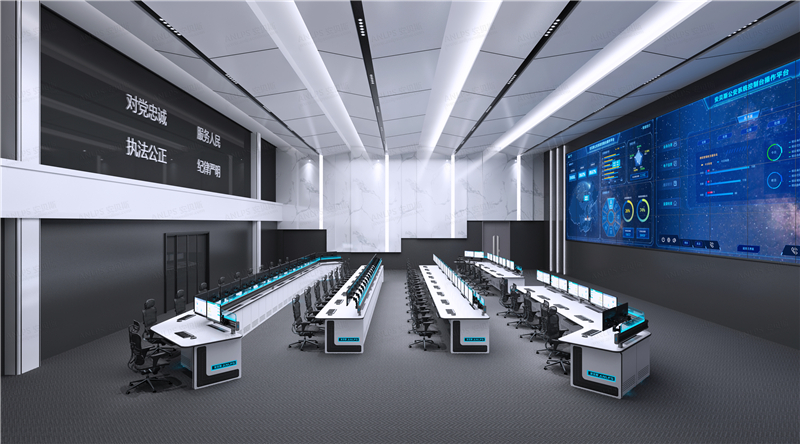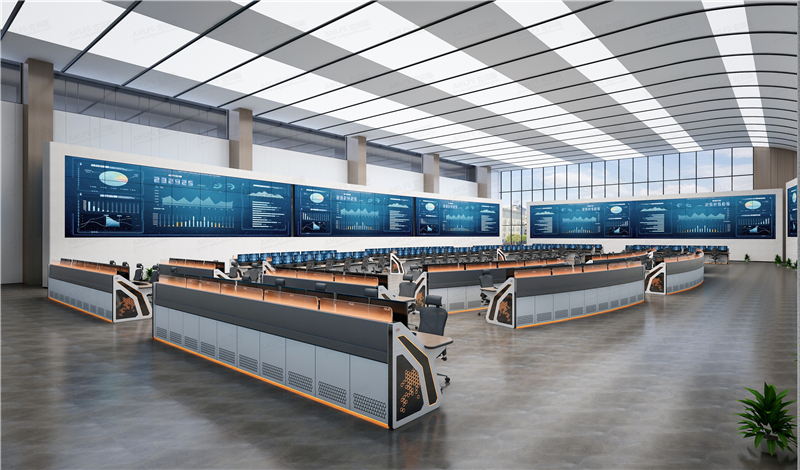In today's accelerated urbanization process, traffic congestion and emergency response have become the core challenges of urban management. As the "brain" of urban transportation, the command center relies on advanced dispatch systems to integrate data and make real-time decisions through the command and dispatch console, injecting intelligent genes into urban transportation.
The core value of the command center lies in overall planning. By integrating multiple sources of data such as road monitoring, traffic lights, buses, and subways, dispatchers can real-time grasp the dynamics of traffic flow and pedestrian flow. During peak hours in the morning and evening, the system automatically analyzes congested hotspots and quickly adjusts signal timing and releases route guidance through the dispatch console to achieve optimized resource allocation. Practice in a first tier city has shown that intelligent scheduling can increase traffic efficiency by 30% during peak hours and shorten emergency response time by 50%.
The intelligent upgrade of the dispatch console is a key breakthrough. Traditional manual scheduling relies on experience, while modern systems integrate AI algorithms and digital twin technology to simulate changes in traffic flow and predict risks in advance. For example, in rainstorm, the dispatching console can automatically match the status of the drainage pump station, adjust the bus shift, and push the congestion avoidance scheme through the navigation APP to form a "perception decision execution" closed loop.
In addition, the collaboration between the command center and the dispatch desk is also reflected in cross departmental linkage. Traffic police, public transportation, municipal and other departments share information through a unified platform. In case of emergencies, emergency plans can be activated with just one click to avoid delays caused by information silos.
In the future, with the popularization of 5G and vehicle road coordination technology, the dispatch capability of the command center will be further extended to the management of autonomous driving vehicles. Urban transportation governance is moving from "passive response" to "active prediction", and intelligent dispatch consoles will become the core engine of this transformation.















































